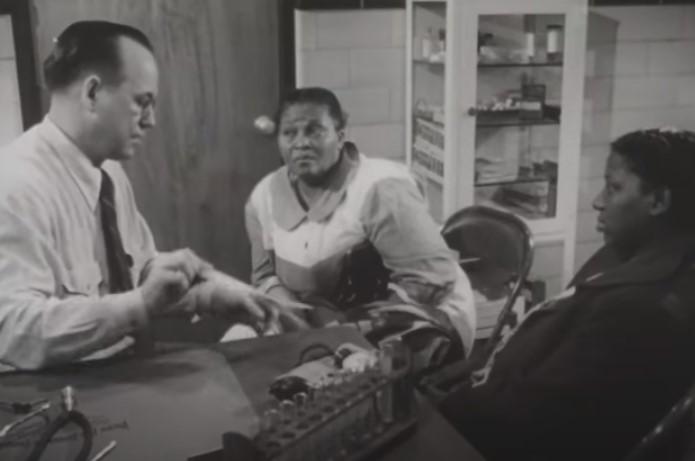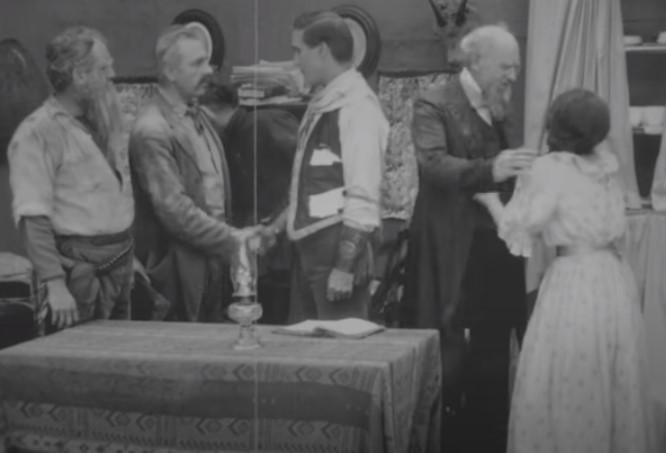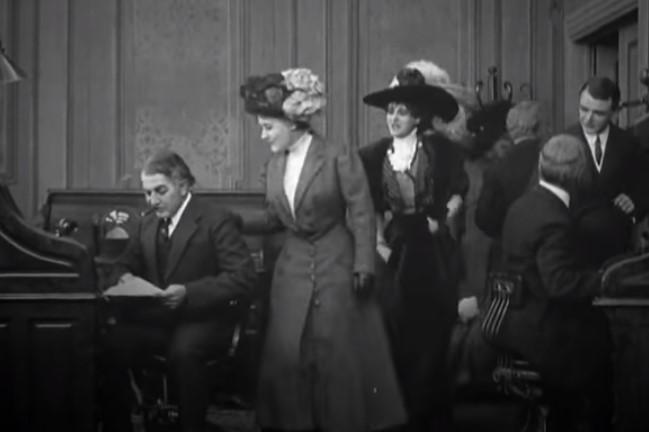Introduction
Since the invention of motion pictures, viewers have appreciated how films convey insight. People could traverse the globe virtually and experience practically every emotion via the medium of film. This movie review discusses “All My Babies,” “The Bargain,” and “A Corner in Wheat,” three short historical films from the United States Library of Congress archives. The purpose is to thoroughly examine the film’s composition, including a synopsis, characters and characterization, location, cinematography, and creative design. Today, movies are one of the world’s most popular and widely available sources of entertainment.
All My Babies
Summary and Characters of the Film
“All My Babies” was created to educate granny midwives, the African-American lay women who delivered most black and white infants in the rural South, and their patients. The film emphasizes the need for midwives to maintain stringent sterility standards. Coley is the authority on the significance of prenatal care in this sermon (Stoney 1). The film follows her through two deliveries, the first of which centers on a lady who has had repeated successful births. In contrast, the second woman suffered two miscarriages owing to a lack of antenatal care. Both ladies achieve healthy pregnancies and home deliveries with Coley’s counsel and assistance.
The film was created with female protagonists in mind regarding personalities and characterization. George C. Stoney directed and produced the video “All My Babies,” which was used to teach midwives in the southern United States. The desire for support among the women demonstrates the need for care. The sympathetic portrayal of Coley as the primary character encourages increased collaboration between midwifery and the modern health system.
The Setting and Cinematography
The video was created by the Department of Public Health of Georgia. In the middle of the 20th century, Mary Francis Hill Coley, an African-American caregiver from Albany, Georgia, helped birth over 3,000 infants (Stoney 1). The Librarian of Congress stated on December 17, 2002, that the ground-breaking instructional film would be used to educate midwives in Georgia and across the South. In terms of cinematography and artistic design, Figure 2 shows the selection of camerawork and usage of close-up, which are necessary for capturing the audience’s emotions throughout the film. The choice of color and lighting relates to the period in which the film was cast.

The Bargain
Summary and Characterization of the Film
In “The Bargain” by Ince, Thomas, Jim Stokes robs a stagecoach with the assistance of some accomplices. Nell, the miner’s daughter, nursed Stokes back to health after he collapsed into a water hole while being pursued and injured (Ince 1). Stokes falls in love with Nell and chooses to return the money and rehabilitate after falling in love with her. Nell and Stokes marry, but the following day, as Stokes prepares to convey the stolen money to the Overland Stage Corporation, he is discovered and must run again, this time with Sheriff Walsh in close pursuit. Later, Stokes makes a deal with the sheriff that frees him and allows him to begin a new life with his wife. While Stokes is seen as a crooked guy, Nell and the sheriff are shown as tolerant and kind.
The Setting and Cinematography
The film is presented at a time of great societal controversy regarding criminality. The Bargain film’s production history dates back to 1903, when two unemployed actors, Thomas Ince and William S. Hart, first met. In Figure 3, the camera angles and continuity are excellent in supporting the visual story of a film’s overall appearance and atmosphere. The cinematography in The Bargain helps convey the authenticity and realism of the Western genre.

A Corner in Wheat
Summary and Characterization in the Film
In “A Corner in Wheat,” a selfish billionaire decides on a whim to control the global wheat market. The hoarding raises the price of bread, forcing grain farmers to rely on food banks and further impoverishing others (Griffith 1). The film, directed by D. W. Griffith, contrasts the lives of people who labor to cultivate wheat with the life of a guy who dabbles in its selling for profit. Unfortunately, it seems that greed, bigotry, and hate are also prevalent. These are priceless moments caught forever on film for the audience’s remembrance. In terms of characterization, the desired effect is to inspire positive change due to this extraordinary lady and the foundation of kindness she and others built.
The Setting and Cinematography
The film was made when there was a large gap between the affluent and the poor in the United States. “A Dominate in Wheat” is an American silent short film from 1909 that depicts the story of a selfish billionaire who attempts to corner the global wheat market, devastating the lives of those who can no longer afford bread. Griffith expresses his displeasure at being impoverished, and he hits all the right notes, creating this a high-energy, downright filthy story. As in Figure 1, the cinematography technique optimizes lighting that represents early 19th-century America using close-up views to bring emotion to situations.

Conclusion
In order to create the optical illusion of a continuous image, motion pictures are comprised of a quick sequence of images exhibited on a screen, with the locations of each presented item significantly altered. In cinema presentation, the most prominent features of the moving image are intensity, intimacy, and pervasiveness. As with cinematography, the effect of a film is determined by its capacity to keep the audience’s undivided attention and emotions. As seen, motion films have the power to educate, amuse, and stimulate the audience’s imagination.
Works Cited
Griffith, David. “A Corner in Wheat (Official Video).” YouTube, uploaded by Library of Congress, Web.
Ince, Thomas. “The Bargain (Official Video).” YouTube, uploaded by Library of Congress, Web.
Stoney, George. “All My Babies (Official Video).” YouTube, uploaded by Library of Congress, Web.